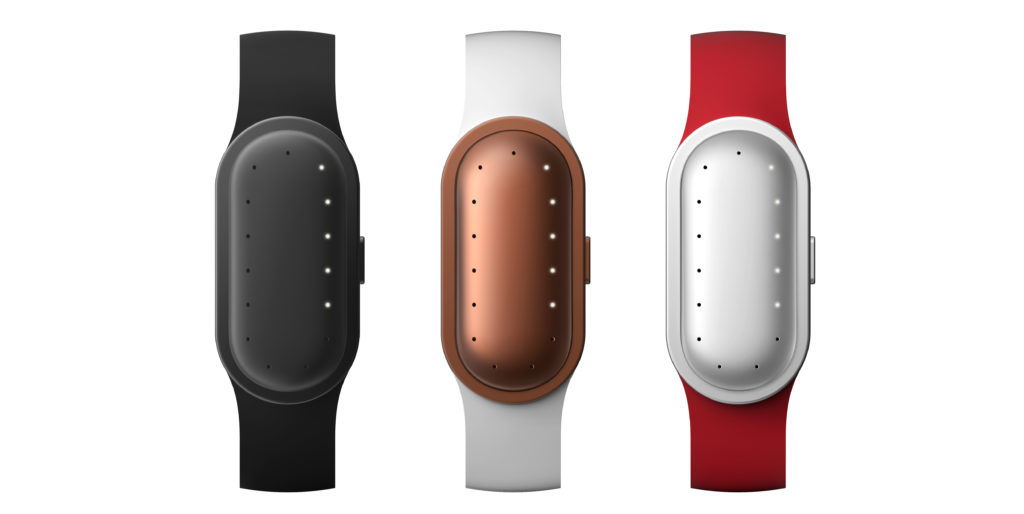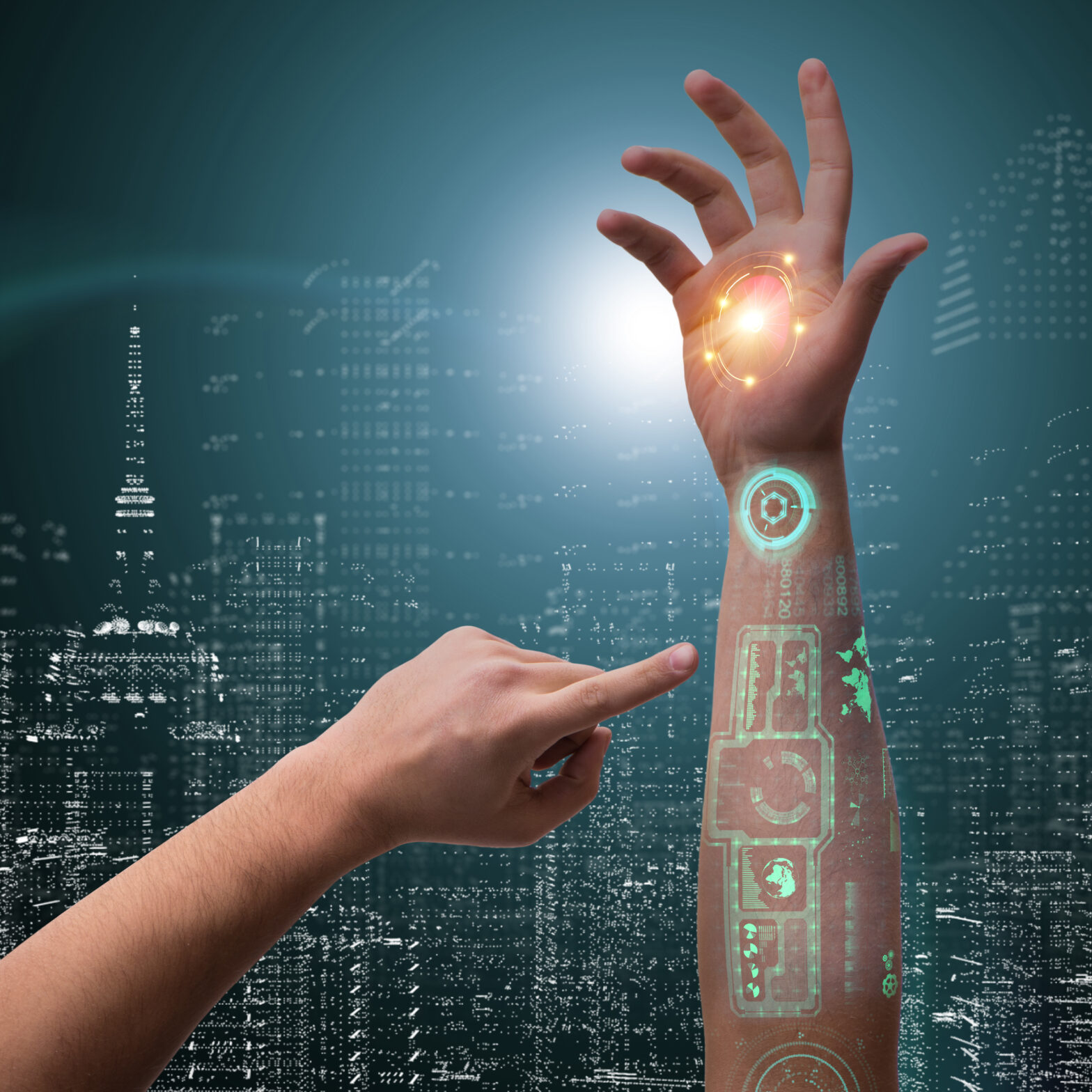Compared to the financial services sector where blockchain and AI have, in many ways, revolutionised operations, healthcare has been slower to move with these types of innovation.
At the same time, people are living longer but present more care demands on the health system, leading to bed shortages and longer wait lists for treatment.
With the NHS creaking under ever-increasing pressures to serve a growing population of the elderly and obese, and all on unsustainable budgets, mobilising technology to provide relief from this strain seems like the only solution to an unfolding crisis.
One major trend in healthcare is intervention; the growing focus on prevention rather than cure.
Self-diagnosis and Self-treatment
The growth in sedentary lifestyles imposes an unsustainable burden on healthcare provision.
The World Health Organisation says that cardiovascular disease is today’s number one cause of death. Over 69% of people in the US alone are regarded overweight or obese and in the UK treatment for diabetes consumes 10% of the NHS budget.
There are, however, plenty of indications that common behaviour is changing – and it is set to influence and change the very way both future healthcare provision and health insurance is provided.
With a wealth of medical and health information available online and in the public domain, people are more inclined to make a self-diagnosis, increasingly using information to make decisions about self-treatment or to determine whether a consultation with a clinician is needed.
>See also: The right IoT prescription for a revolution in healthcare
Galvanised by wearable tech, consumers are now actively seeking the means to improve their own wellness and prevent illness and, in doing so, are challenging the very systems upon which the patient-doctor relationship rests.
IoT and wearable devices are ideally placed to transform the management of both preventable and chronic diseases and represent a big opportunity for digital to disrupt the industry.
Data on human health can now be collated to a level and scale that was never before possible, while innovations in machine learning and adaptive algorithms provide credible predictors for the risk of diseases.
Such data gives us actionable insight, empowering us to make small but significant changes to lifestyle habits so we may work towards living a longer, healthier life.
The opportunity, however, does not come without challenges, and two of the biggest obstacles that must be negotiated lie in the budgetary and the clinical.
On the financial side, the system either lives or dies depending on whether doctors have the additional time and expertise to interpret and implement a treatment plan based on the assessment of vast reams of data.
On the clinical side, non-medically graded user-generated data makes it challenging for a doctor to include this within the overall treatment decision-making process.
>See also: The next necessary step in healthcare: remote mobile solutions
The strength of AI and machine learning, of course, is that it can cope with large amounts of data and find statistical correlations where they exist. One thing is clear: whether patient or doctor – both parties need access to simple, seamless experiences that will allow treatment plans and health goals to be maintained and achieved with minimum hassle.
If ever there was a means of democratising health data, it is through technology. It is this vision that is driving the development of the health platform being pioneered at CloudTag.
Healthcare Tech
Its digital platform helps people make decisions to both integrate physical activity and the correct nourishment into their daily lives. Data is provided via a wearable sensor device, the Onitor Track, which can either be strapped to the user’s wrist or clipped onto a chest band or sports bra during exercise.

Advanced algorithms, developed with CloudTag’s technology partner IMEC, calculate energy expenditure to a high level of accuracy, as well as providing the user with conventional information like steps, and sleep.
This, in turn, dynamically adjusts content curation depending on activity and the user’s vital signs to attain health and fitness goals.
>See also: Medical innovation: bioelectronics redefining healthcare
The idea for Onitor was actually first conceived in 2010 when a team of scientists from Imperial College London undertook a mission to reach the South Pole. At the same time, they were set to trial a new piece of medical technology that would monitor the explorers’ vital signs with medical quality accuracy without the need for team members to be wired up to bulky machines.
Great care has been taken to ensure security of the data captured and processed to protect the privacy of Onitor users. This as a key part in building the platform as the basis for tomorrow’s health infrastructure.
Today’s wearables are moving towards smaller, less obtrusive and more accurate, technology. Perhaps, over the next 20 years, the categorisation of things we know as ‘wearables’ will disappear.
From smart pills that alert patients when a dose has been missed to sensors that are implanted within us or under our skin to gauge blood pressure and glucose levels; recalibrating the very equipment upon which clinicians rely, and miniaturising it for the consumer market, is a vital step towards bridging the self-management and the medical-intervention gap.
While this won’t necessarily ‘fix’ the problem of funding that is challenging the NHS, technology of this kind can make healthcare provision more efficient.
Hospitals of the future might not only become the place in which robot surgeons perform vital medical procedures; but it could see a distribution of primary medical care outside of conventional hospital walls, enabled by connected devices and equipment owned or shared by people and knitted together via powerful data platforms. Leveraging technology to reduce re-admissions into hospitals can potentially save significant amounts of money for the public health service.
These innovations are very exciting. The future of improved healthcare will include mobilised technology that straddles both consumer and medical sector needs. AI of the future will help analyse and identify patterns in huge data sets, assisting to bring efficiencies to health care provision.
>See also: Data-driven mental healthcare solving the crisis?
For example, a hospital’s catchment area can be analysed by software that predicts the demand for medical resources.
Front-line services can use AI to process sensor and health platform databases, just like what we’re building with the Onitor health platform, to pre-screen patients before their appointment time, enabling the practitioner to review the day’s appointments in advance, deploy next-in-line services according to demand and process patients faster.
Services like Push Doctor are already making a trip to the GP unnecessary in many instances, and future IoT devices can optimise this process further by making it possible for doctors to use tele-diagnostics to assess patients.
With improved predictions on risk of disease, management of disease and adherence to a healthier, more active lifestyle, consumer healthcare technology will not only ease the pressures of the public health service but could see costly insurance premiums used to cover many lifestyle-inflicted chronic illnesses, reduced.
This is already happening in the US where companies like UnitedHealth Care Group provide financial incentives of up to $1,460 per year for meeting specific activity goals.
The next wave of technology will bring even more innovation into the insurance market and will create truly dynamic risk models that utilises sensors, data platforms and AI to make these incentives work.
What people should anticipate is a merging of affordable, medically reliable consumer devices with access to shared sophisticated super machines. Perhaps this is a definition for tomorrow’s hospital: it’s less about the place and more about the access to life-saving robotic equipment.
>See also: Transforming healthcare with tech
Adoption of healthcare tech into everyday life
Of course, in order for the symbiosis of consumer tech and the public health sector to really work, we must always think of innovative and empathetic ways in which such technology can be adopted to become part and parcel of everyday life.
Likewise, the NHS will need to be more open to the new opportunities afforded by emerging technologies and wearables that can address the myriad challenges that threaten its very future.
Meanwhile, access to data is critical for this growth phase, as much as access to services and products. There is still a clear, digital divide in modern society, and this accelerates existing socio-demographics gaps. The outcome is reflected in lifestyle choices, openness to innovation and engagement with technology.
That said, the power of people and patients to drive positive change by enabling patients and healthcare services to recognise and use available data and technologies in their diagnostics and treatment should not be underestimated.
‘Knowledge is power’ is an old adage that still rings true today, and it can be leveraged to solve some of the biggest humanitarian issues that are facing the quality of healthcare of today and tomorrow.
Sourced from Amit Ben-Haim is CEO of CloudTag, a company that brings data and performance monitoring to the health, wellbeing and fitness markets. Its Onitor Track device and health platform is set to launch in summer 2017
10 Examples of Wearable Technology in Healthcare
Wearable devices are being used to transform healthcare across all sectors of the industry, whether in hospitals or at home, for all ages and conditions. It is a rapidly expanding market with some impressive projections for growth. For example, a report by P&S Intelligence estimated that global market revenue could reach US$67.2 billion by 2030 (from US$10.6 billion in 2019).
Here are ten wearable medical devices that are currently in the market:
- ADAMM by Health Care Originals – cardiopulmonary wearable systems, comprising a full stack hardware and software solution to track coughing, respiration, presence of wheeze, temperature, heart rate and activity level.
- Ava by Ava Science Inc. – a bracelet that tracks multiple physiological parameters to recognise a woman’s most fertile days in real time.
- embrace 2 by Empatica – a wrist-worn wearable for use in epilepsy care. It detects possible convulsive seizures and instantly alerts caregivers, whether they’re sleeping next door or are living miles away.
- EVOLV by OMRON Healthcare – an all-in-one upper arm blood pressure monitor. Takes readings in any position around the upper arm and tracks progress via smartphone.
- KardiaMobile by AliveCor – a diagnostic tool for medical-grade ECGs “anytime, anywhere, in just 30 seconds”. Detects Atrial Fibrillation, Bradycardia, Tachycardia or Normal heart rhythms.
- Leaf Sensor by Leaf Healthcare Inc. – a device that assesses and manages pressure injury prevention efforts by accurately measuring a patient’s turn frequency, turn angle, and reperfusion time.
- Owlet Monitor Duo by Cheeky Rascals – a baby monitoring system that tracks a baby’s heart rate and oxygen levels while streaming video and audio to a smart phone.
- SEERS’ Bio Patch by Seers Technology – a non-invasive, body-worn wireless device that continuously measures ECG, heart rate, heart rate variability, activity, and respiration rate, plus auxiliary temperature and bio impedance for specific purposes.
- TempTraq by Blue Spark Technologies Inc. – a wireless continuous temperature monitor in the form of a soft, comfortable, disposable patch.
- VitalPatch by VitalConnect – a patient monitoring device in the growing field of TeleHealth. A small, state-of-the-art biosensor monitors eight physiological measurements continuously, in real time.
See also: How AI is helping improve the healthcare experience – With increasing amounts of data being generated in healthcare, how can organisations leverage AI and analytics to improve care and help make the healthcare system run more efficiently







